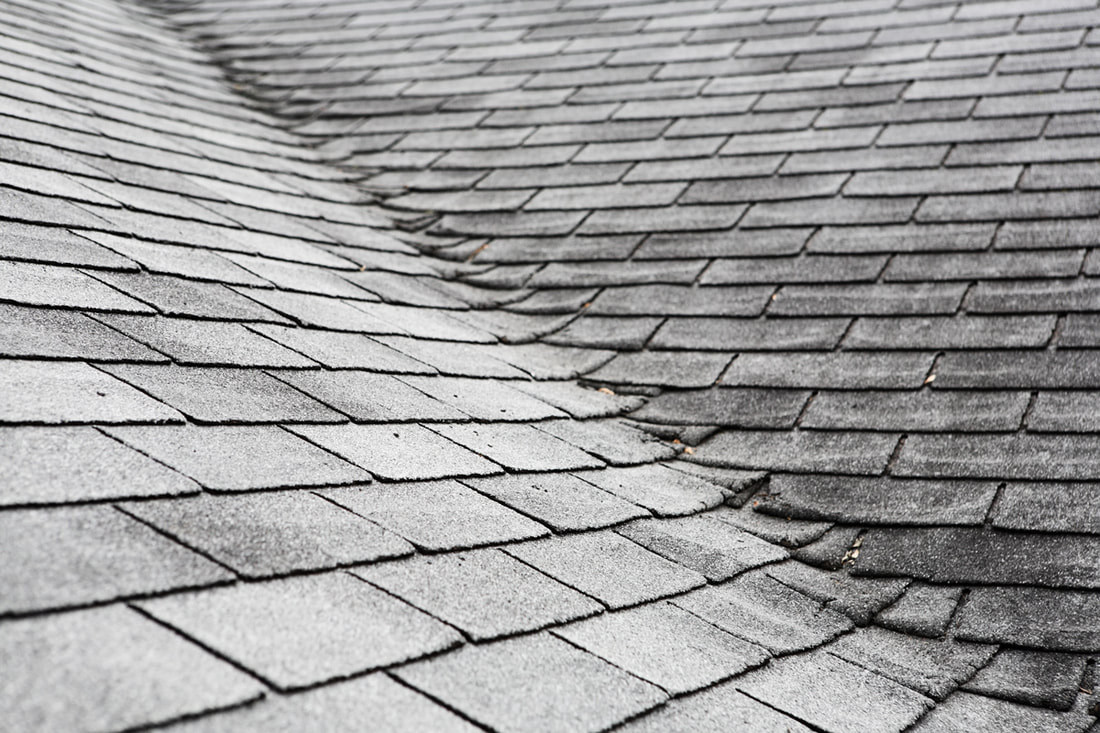Signs Your Roofing May Be Aging

When to do a full or a partial roof repair can be a tough call for homeowners. But waiting too long can have disastrous results, if you get hit with a major storm at the wrong time or if multiple roof leaks suddenly drench your home’s interior after a heavy rain.
There are two major factors to keep in mind when deciding if it’s time for new roofing: how long you should expect your roof to last and how to check for signs of wear.
How Long Should My Roofing Last?
There are many factors that will affect how long your roofing will last. Harsh climate zones, frequent storms, hail and hurricanes, and stiff prevailing winds can all shorten the lifespan somewhat. The main factor, however, is simply the type of roofing material you have on your house.
Asphalt shingles normally last from 20 to 25 years, while cedar or redwood shakes will last 30 years or more. Copper, slate, and clay tiles may least half a century with the right care.
If you know your roof is getting near the end of it’s expected lifespan (and its manufacturer’s warranty), if you are already in the midst of a major renovation project anyway, or if you are getting your house ready to list soon – it’s a good time for a re-roofing job.
Signs Of Wear & Tear On Your Rooftop
Although many only think of roof repair or replacement following a major storm, the fact is, the need for new roofing can just as easily come upon you slowly and undramatically.
Regular roof inspection and prompt minor repairs throughout the roof’s life can help to slow deterioration. But sooner or later, it’s going to happen – it’s only a matter of time. Therefore, either the homeowner or a professional roofer needs to periodically look for such signs of roof aging as these:
- Shingles that are dimpled. This can indicate the shingle has lost its strength and integrity or that it was badly weakened by hail impacts at some point in the past.
- Shingles are slipping out of place, dangling by one end, loose, or even scattered here and there on the roof or on the ground below.
- The shingle itself is not falling out of place, but the tabs are loose because they are no longer adhering to the shingle below them.
- You see bubbles, buckles, and curling of shingles – especially at the shingle edges. This kind of damage may not be worth repairing but may call for total replacement.
- You notice the shingle tops look bare and devoid of granules. You discover where those granules went: into your gutters and downspouts!
- Nails are noticeably loose because the roof decking in which they were set has rotted. If you see dark stains on your attic ceiling, that is confirmation. Also check for algae growth or moss growth on the roof.
- The roof valleys are badly worn and have cracks developing in them. This is just asking for a roof leak!
- Flashing and/or caulk around chimneys, roof vents, and other edgings is missing, cracked, or corroded.
It’s never an easy decision to replace your roofing, but the risks of undue delay are greater than the costs of replacement. Never roof over to “save money” either because it shortens the life of the new shingles and doubles your tear-off and disposal costs when you finally do have to remove both layers.
To learn more about how to tell when it’s time for new roofing, contact Sheegog Contracting today!


